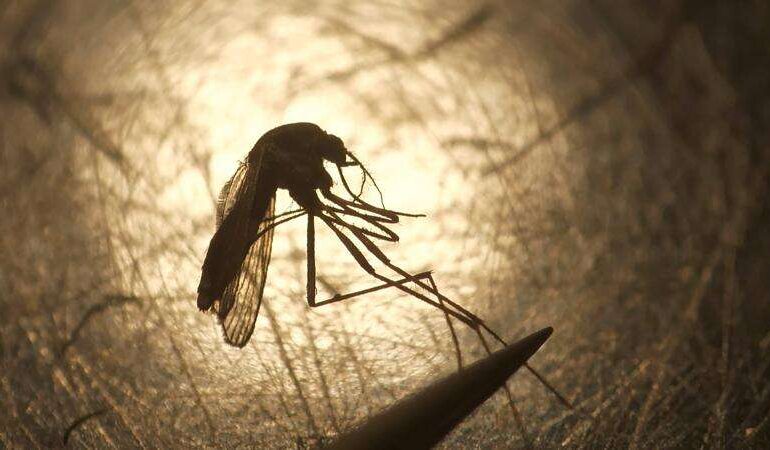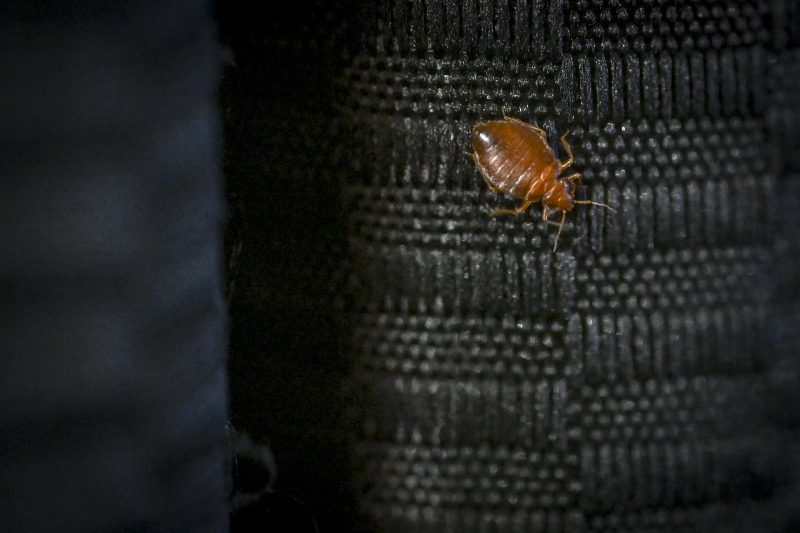First West Nile Virus Case of 2025 Reported in La Plata County

URGENT UPDATE: The first case of West Nile virus in La Plata County, Colorado for the year 2025 has been confirmed. Reported to the La Plata County Public Health Department early in July, the patient has since recovered at home, according to LPCPHD Director Theresa Anselmo.
This alarming development follows the recent death of a resident from Lafayette, Boulder County due to the virus, reported just a week ago on July 25. As of Friday, a total of 11 Coloradans have been affected by West Nile virus this year, with cases emerging in La Plata, Adams, Boulder, Pueblo, Broomfield, Douglas, Larimer, and Weld counties. The health department reveals that three patients are hospitalized and five are exhibiting neurological symptoms.
Anselmo emphasized that while cases of West Nile virus are relatively rare in La Plata County, a significant spike occurred in 2023 with 11 cases reported. Last year saw one confirmed case, which resulted in hospitalization but ultimately recovery.
Most notably, Anselmo pointed out that eight out of ten individuals infected with the virus do not show symptoms. “Severe illnesses are more likely to occur in older adults and those with compromised immune systems,” she stated, highlighting the increased risks for individuals with serious illnesses such as cancer, diabetes, and hypertension.
Symptoms of West Nile virus can include fever, headache, body aches, and gastrointestinal distress, with severe cases potentially causing high fever, disorientation, and even paralysis. Anselmo warns that symptoms typically manifest between two to fourteen days post-infection.
With no vaccine currently available, treatment options are limited to supportive care. Residents are urged to seek medical attention if they develop symptoms after a mosquito bite.
Public health authorities stress the importance of prevention. Anselmo recommends using EPA-registered insect repellents, wearing long sleeves during peak mosquito activity at dawn and dusk, and ensuring windows and doors are properly screened. Additionally, eliminating standing water, where mosquitoes breed, is crucial. Pet dishes, plant pots, and other potential water sources should be drained to prevent mosquito larvae growth.
Despite the alarming cases, Anselmo reassured that humans are considered “dead-end hosts” for the virus, meaning infected individuals do not spread it further through bites.
West Nile virus, first identified in the United States in 1999, has historically led to severe outbreaks. The largest recorded outbreak occurred in 2002, resulting in 4,156 human cases and 284 deaths. In comparison, last year saw 1,791 cases and 164 deaths nationwide.
“This virus is very preventable,” Anselmo stated, urging communities to stay vigilant. With the number of cases rising, it is critical for individuals in affected areas to adopt preventative measures immediately.
Stay tuned for further updates as this story develops.






